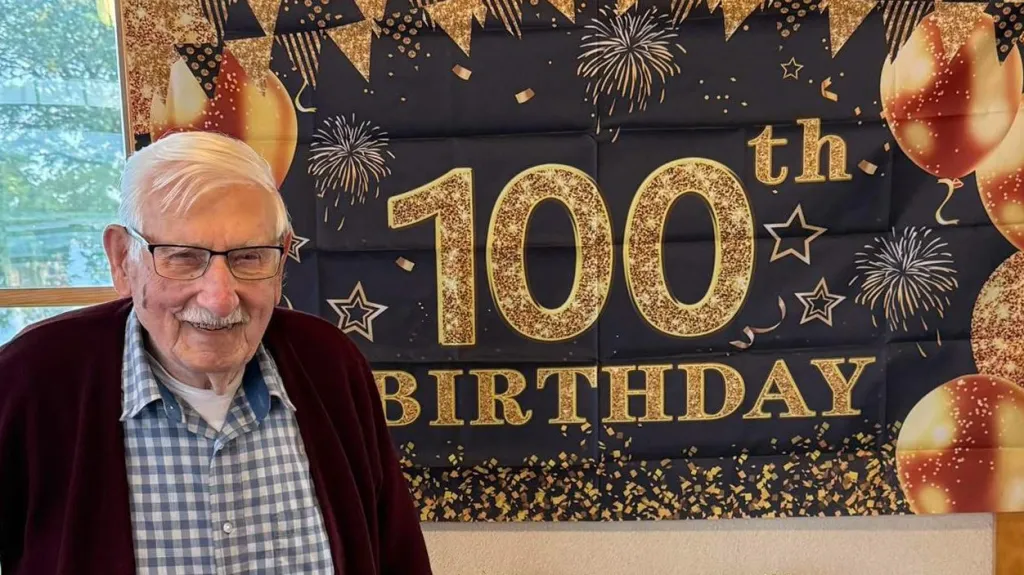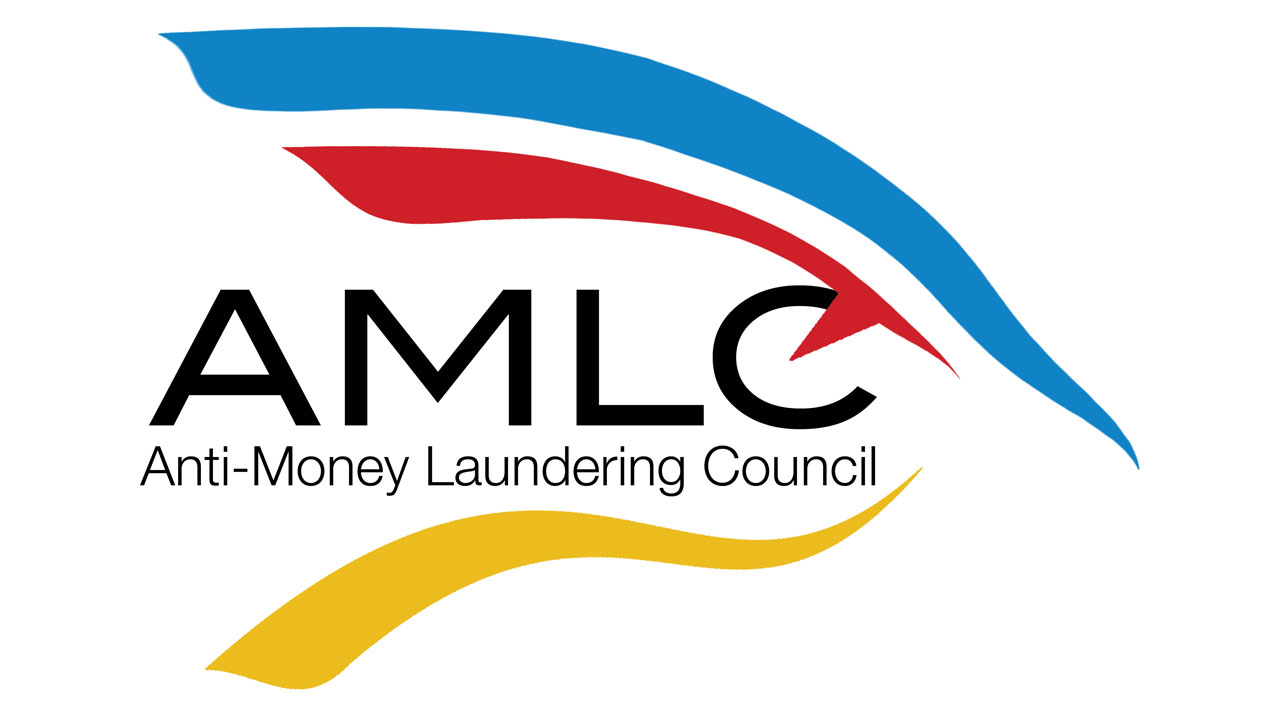
To place an obituary, please include the information from the obituary checklist below in an email to obits@pioneerpress.com. There is no option to place them through our website. Feel free to contact our obituary desk at 651-228-5263 with any questions.
General Information:
Your full name,
Address (City, State, Zip Code),
Phone number,
And an alternate phone number (if any)
Obituary Specification:
Name of Deceased,
Obituary Text,
A photo in a JPEG or PDF file is preferable, TIF and other files are accepted, we will contact you if there are any issues with the photo.
Ad Run dates
There is a discount for running more than one day, but this must be scheduled on the first run date to apply.
If a photo is used, it must be used for both days for the discount to apply, contact us for more information.
Policies:
Verification of Death:
In order to publish obituaries a name and phone number of funeral home/cremation society is required. We must contact the funeral home/cremation society handling the arrangements during their business hours to verify the death. If the body of the deceased has been donated to the University of Minnesota Anatomy Bequest Program, or a similar program, their phone number is required for verification.
Please allow enough time to contact them especially during their limited weekend hours.
A death certificate is also acceptable for this purpose but only one of these two options are necessary.
Guestbook and Outside Websites:
We are not allowed to reference other media sources with a guestbook or an obituary placed elsewhere when placing an obituary in print and online. We may place a website for a funeral home or a family email for contact instead; contact us with any questions regarding this matter.
Obituary Process:
Once your submission is completed, we will fax or email a proof for review prior to publication in the newspaper. This proof includes price and days the notice is scheduled to appear.
Please review the proof carefully. We must be notified of errors or changes before the notice appears in the Pioneer Press based on each day’s deadlines.
After publication, we will not be responsible for errors that may occur after final proofing.
Online:
Changes to an online obituary can be handled through the obituary desk. Call us with further questions.
Payment Procedure:
Pre-payment is required for all obituary notices prior to publication by the deadline specified below in our deadline schedule. Please call 651-228-5263 with your payment information after you have received the proof and approved its contents.
Credit Card: Payment accepted by phone only due to PCI (Payment Card Industry) regulations
EFT: Check by phone. Please provide your routing number and account number.
Cash: Accepted at our FRONT COUNTER Monday – Friday from 8:00AM – 3:30PM
Rates:
The minimum charge is $162 for the first 10 lines.
Every line after the first 10 is $12.20.
If the ad is under 10 lines it will be charged the minimum rate of $162.
On a second run date, the lines are $8.20 per line, starting w/ the first line.
For example: if first run date was 20 lines the cost would be $164.
Each photo published is $125 per day.
For example: 2 photos in the paper on 2 days would be 4 photo charges at $500.
Deadlines:
Please follow deadline times to ensure your obituary is published on the day requested.
Hours
Deadline (no exceptions)
Ad
Photos
MEMORIAM (NON-OBITUARY) REQUEST
Unlike an obituary, Memoriam submissions are remembrances of a loved one who has passed. The rates for a memoriam differ from obituaries.
Please call or email us for more memoriam information
Please call 651-228-5280 for more information.
HOURS: Monday – Friday 8:00AM – 5:00PM (CLOSED WEEKENDS and HOLIDAYS)
Please submit your memoriam ad to memoriams@pioneerpress.com or call 651-228-5280.
For Orville Schettle, a World War II veteran, the secret to living to see 100 years old lies in his exercise routine.
“I exercise twice a day, every day,” he said, noting that he does 50 reps of leg lifts and 50 reps of punching with his arms.
Schettle, who lived most of his life in Stillwater and worked at 3M in St. Paul, celebrated his 100th birthday with extended family and a few friends at Bayport’s Lakeside Park Pavilion on Labor Day weekend.
His niece said he lives alone in Houlton, Wis., has a car, is sharp as a tack and has a witty sense of humor.
Dangers at sea
In his 100 years, his most vivid memory is one that happened during his service in WWII.
He joined the U.S. Navy when he was 17, asking his mother to sign for him, and not long after he joined and was assigned to his first gun crew, he had a terrifying night at sea while crossing the Atlantic Ocean on the Joseph Goldberger, a new tanker disguised to look like a cargo ship.
Schettle wrote about that night about 15 years ago for his family:
Life on the ship was cold and wet and the weather was often rough, he wrote. His bunk was below sea level and when the stern of the ship went under a wave in rough seas, the seawater came through the vent like a firehouse, so he slept in his cold weather gear and knee-high boots.
At one point, the ship was going top speed, at 12 knots, transversing 28 miles in 48 hours to get out of rough seas. “At this time I wished I were in a submarine,” he wrote.
But one night in particular was the most harrowing of all.
“One night while being on the 12-4 watch, I came on to the bridge at midnight,” he wrote. “I thought I could see a silhouette of a ship coming at us. I watched it through the spray coming over our ship for several moments. … It was a ship coming right at our midship.”
He said he hollered down to the mate, “We got a ship coming at us … getting awfully close,” and the mate notified the captain. Schettle wrote that everyone stared at the oncoming ship as the crew signaled it. The large English freighter signaled back, “We are out of control.”
“The captain, now steering the ship, hollered down to the engine room … ‘Give me full speed ahead.’ The engine room hollered back, ‘We’re going full speed now!’”
“The English freighter was caught in a large swell between waves coming directly at our midship on the port side and a strong north wind behind him,” Schettle wrote. “We were caught trying to get over the wave and going nowhere. I was about six feet from the captain and scared. The captain hollered, ‘Hang on, we’re about to get rammed.’ I prayed and must have witnessed death as I had my sins flash through my mind in a second. My knees were shaking so bad I could hear them knocking. I tried to hold them with my hands and my arms were just as bad.”
“The captain turned the ship to port directly into the freighter and we just about scraped sides sliding past each other. It was truly a miracle. After we (passed) the ship, the captain said, ‘You should all get on your knees and pray, it’s a miracle we survived.’ The captain was Norwegian and had sailed most of his life.”
Life lessons
Schettle says his greatest joy in life was his marriage.
In 1947, he met his future wife, Mary Ann Braun, on a blind date. They would go on to marry and have four children. She died in 2005 at age 77.
When his niece asked him if he liked Mary Ann right away, he said he did. When she asked if Mary Ann felt the same way, he said, “I think so. We all used to hang out at a tavern and she liked that I was the only guy not getting drunk.”
One lesson he would share with others is to travel like he did. “Everyone should get out of our country” so they can appreciate the lifestyle that Americans have.
One thing he enjoys doing every day is going outside when the weather permits. He still has a garden, grows tomatoes and fills his bird feeder.
The biggest change in the world he’s seen is technology, computers and electronics.
“AI, it scares me. The information that is available,” he said. “And people don’t talk to each other like they used to. If I’m at the doctor’s office, everyone is on their phones.”



